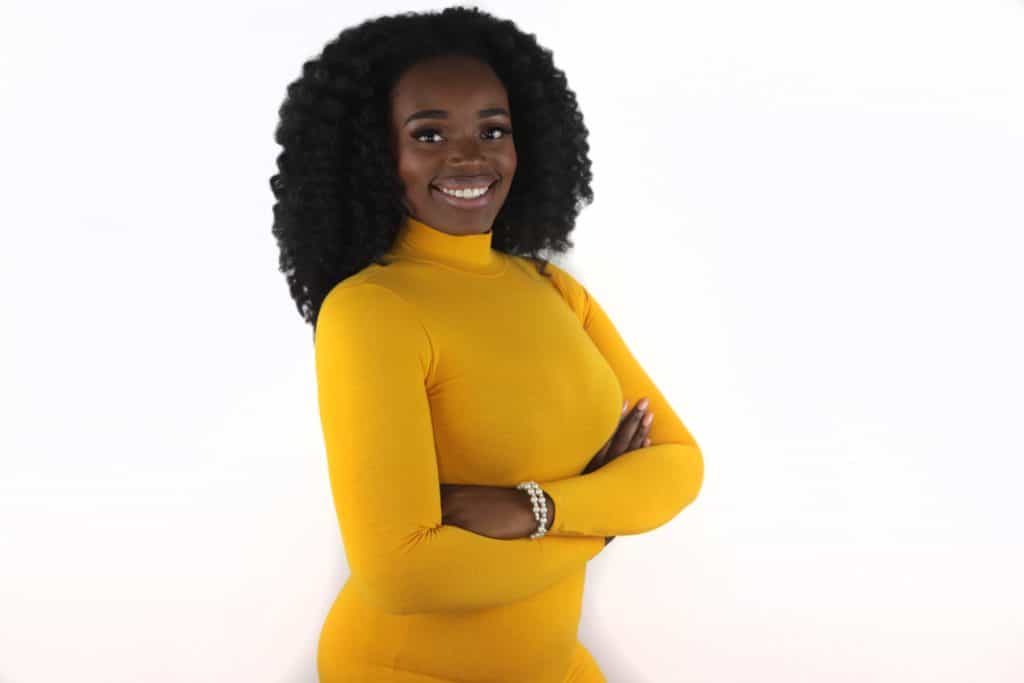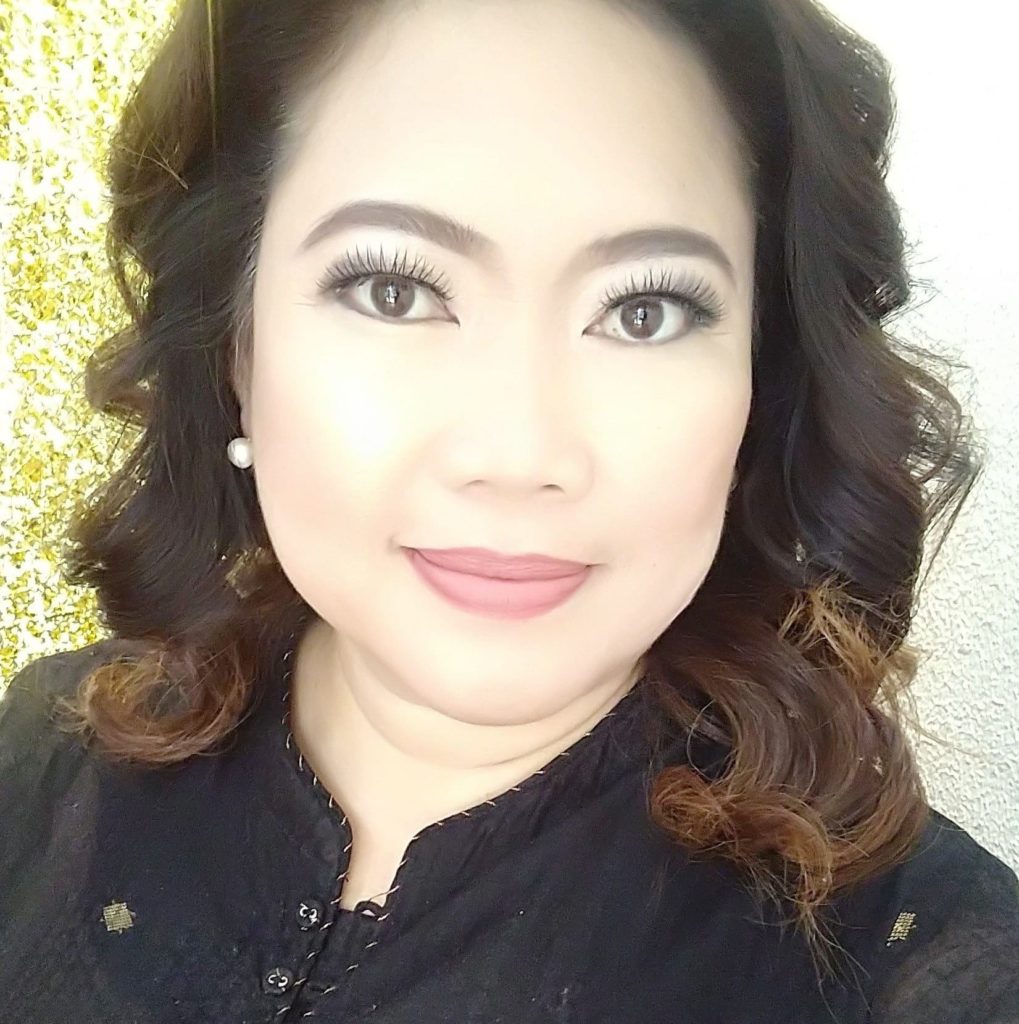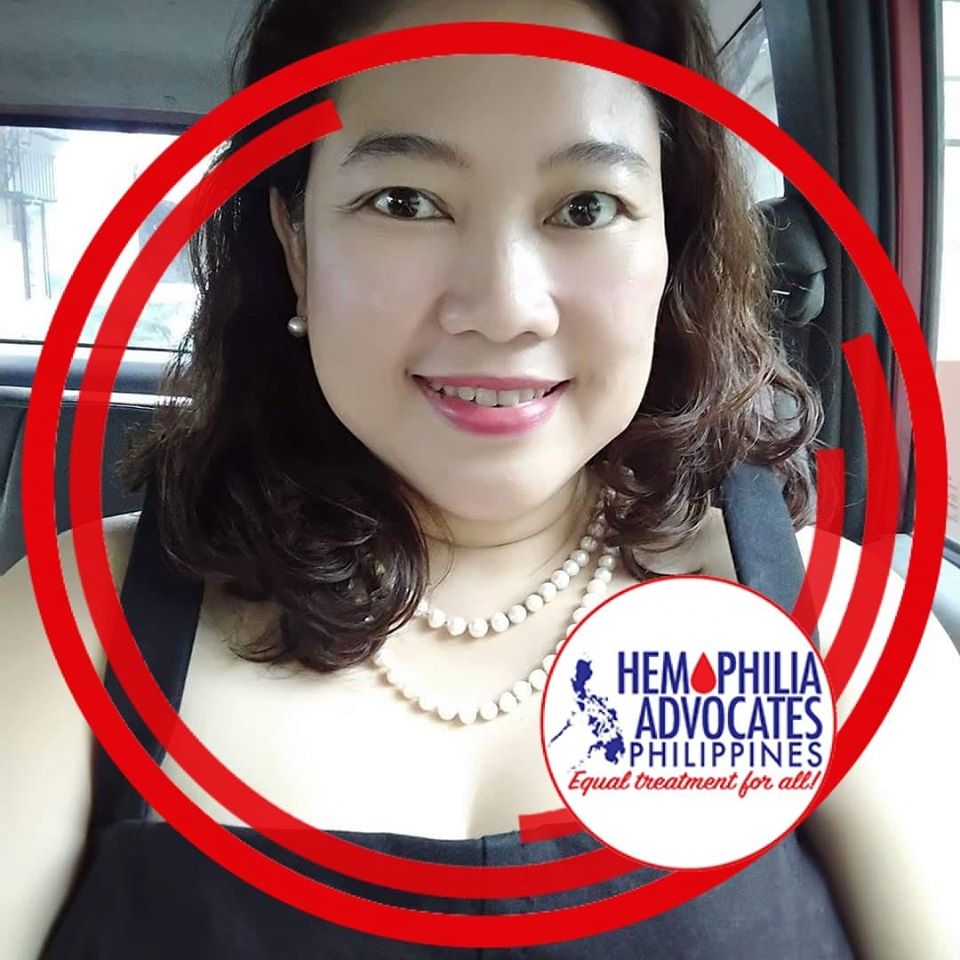Hemophilia: A Woman’s Journey to Effective Treatment
by Milora Morley, MPH
©LA Kelley Communications, Inc. Reprinted with permission.
Publication: Pulse 9.19
I never thought at age 27 that I would begin a journey as a woman diagnosed with mild hemophilia A. My brother, as well as several men in my family, have all been diagnosed with severe hemophilia A. I’m no stranger to this disorder.

I grew up in the south Florida hemophilia community. As my brother’s keeper, and older sister, I had a lot of responsibility as a secondary caregiver. I knew about doctor appointments, factor brands, and clinical trials. But when the roles change, and you’re the one who may need caregiving…everything changes.
I remember I encouraged my brother to be positive and live his best life. Hemophilia was not the end of the world! Now, here I am years later, feeling discouraged and defeated, as if hemophilia were indeed the end of the world.
My personal journey has been difficult. Witnessing my brother’s experience made me hope that I’d also get the attention and treatment I need to move forward. But I was wrong. As much as health professionals may know about hemophilia, it seems that they know it only as it pertains to males. In my experience, the specialists aren’t always educated about this bleeding disorder, or maybe they truly don’t want to believe that a woman can have hemophilia.
A Surprise Diagnosis
In 2016 I lived in Atlanta, Georgia, and became my brother’s legal guardian; he had recently relocated from Miami, Florida, to complete his senior year of high school. During his transition, he lost Florida Medicaid and was also ineligible for Georgia Medicaid. He was left with no insurance.
Later in the semester, he had a hip bleed. We rushed to the ER. Thankfully, the hospital social workers helped him receive emergency Medicaid, which covered his visit. While he was being treated, they suggested I have free genetic testing for parent or guardians, so I did.
My brother wrapped up his final semester as a senior, and I moved to Los Angeles, California, in October 2017. In November my brother called, asking me to contact his nurse. When I called her, she explained that they had been trying to reach me for the last few months. I was in a bit of shock as she told me that I have a factor level of 38%—mild hemophilia A—and that I should register with a local hemophilia treatment center (HTC).
I asked her what hemophilia looks like in women. I reflected on my past and current health issues, particularly my prolonged menstrual bleeding. At age 16, I began experiencing irregular menstrual bleeding due to abnormal hormone levels, but by age 22 my periods became more irregular and very prolonged. My menstrual cycle would stop for a day or two and start all over again; this went on for months. Doctors diagnosed me with pre-polycystic ovarian syndrome (PCOS), and started me on birth control right away.
Before my hemophilia diagnosis, my ob/gyn refused to take me off birth control. We agreed that once I reached my weight goal, she would take me off so we could address the underlying issue of what was causing my PCOS or prolonged bleeding. I lost nearly 90 pounds to combat PCOS, and achieved my weight goal, only to have the doctor change her mind and tell me that I should just stay on birth control.
I felt defeated. I eventually decided to stop birth control and explore my own options. By this time, I had already relocated to LA and had just received my hemophilia A diagnosis, but I was also having prolonged bleeding. I thought it best to start the journey with the mindset that maybe this bleeding was not just PCOS but also influenced by my new hemophilia diagnosis. So I connected with my PCP and decided to get back on birth control while I figured this all out.
My PCP sent a referral for me to be seen by the local HTC in LA. However, my insurance denied it, as well as the appeal, due to “lack of medical necessity.” At this point, I didn’t have many options, so I figured I should see an in-network specialist.
“Women are just carriers”
On April 5, 2018, I had my first appointment with an oncologist who supposedly had experience treating patients with hemophilia. I told him about my strong family history and that I thought hemophilia could possibly be the real cause of the menstrual issues I’d been having, and not PCOS, as stated by past physicians.
Although he had received a copy of the official diagnosis, the oncologist told me that it’s unlikely for women to have hemophilia, and that women are just carriers. He suggested I be tested by a lab that he trusted. He also suggested I have an ultrasound performed to look at my ovaries. I complied.
A month later, I returned to this doctor, who said, “Your results came back, and you have mild hemophilia A.” This was now my second diagnosis. He told me that I needed to book another appointment in three to four weeks for him to give me a plan for treatment.
Feeling a bit frustrated, I asked, “And what about my menstrual cycle?” The doctor acted confused, as if I’d never talked to him about my irregularities and PCOS. He told me nothing could be done about my irregular bleeding. I asked him, “Aren’t you alarmed that I have prolonged bleeding when off birth control, and isn’t that a symptom of hemophilia in women?”
He then became defensive, and I became even more frustrated because two things became clear: First, the doctor hadn’t listened to me during my first visit, due to his assumptions about women with hemophilia; nor had he properly prepared for my visit. When diagnosing me, he spoke as if we had never discussed my family history of hemophilia, or any of the things I’d brought up.
Second, the doctor had never had a female patient with hemophilia. When I asked if he would be open to consulting with Hemophilia Foundation of Southern California or the local HTC to determine a treatment plan for my menstrual cycle, he declined, stating that he could do his own research. I left the office in tears and didn’t feel comfortable returning to this doctor. I was still left looking for answers.
In November 2018, I switched insurance plans through a new employer and tried the process again. This journey to finding the underlying issue is important for me. My new PCP, who was also a hematologist, admitted that he didn’t think he’d be the most suitable hematologist for me because he was out of practice in that specialty and not familiar with women with hemophilia. He asked me what I wanted to do, and I said I wanted to go to the local HTC. He agreed to send in a referral through our medical group.
Again, my referral to be seen by the HTC was denied by insurance because they believed they had specialists more than capable of providing me the care I needed in-house. I obliged once again, and decided to see a specialist they referred me to in-network. But this time I was a bit more optimistic, because the specialist was a woman and this was one of the best health systems in greater LA. There was no reason I wouldn’t be able to find the care I needed…right?
I was excited to meet this new specialist on January 7, 2019. She was an oncologist, but she also had experience with bleeding disorders. However, what this really meant was that she was experienced with treating women with von Willebrand disease (VWD). During my first visit, she suggested that my factor levels be tested once again. Although I had provided two prior diagnoses, I agreed. This time, my third diagnosis came back with much lower levels—23%. Most likely, this was due to no longer being on birth control.
Breakthrough
I really wanted to work with this specialist to figure out the best options for me. A friend of mine connected me with the Women’s Bleeding Disorder Coalition, which helped educate me about what hemophilia looks like in a woman.
I thought it would be a good idea to connect my new specialist to the coalition. Surprisingly, she agreed, and I thought, wow, this is great! They provided my specialist with more information on hemophilia in women. I was happy and excited to hear that my specialist had taken that step on my behalf.
But during a follow-up visit, I was taken aback when my new specialist (who I had been bragging about) made comments invalidating the information that was shared with her through the Women’s Bleeding Disorder Coalition, because they weren’t “medical professionals.” I was crushed.
Sadly, I left that appointment with no treatment plan to address my menstrual bleeding, and the only medication offered to me was one most commonly used in women with VWD. Here we are, April 2019, and I still have irregular or prolonged menstrual bleeding. I’ve been fortunate to see an endocrinologist, who has been working very hard to determine my underlying issue. But at this point, he can’t pinpoint the actual cause. The reality is that he is not a hematologist, so he can’t help me access factor and attempt a trial treatment to determine whether my prolonged bleeding is in fact hemophilia.
I have also been working with Hemophilia Foundation of Southern California to get access to the GHPP (Genetically Handicapped Persons Program) insurance, which would cover my visits to an HTC. I am currently awaiting a decision and crossing my fingers for a positive outcome. Now, at 28, I just want answers. I just want to know what’s the true culprit behind my prolonged menstrual bleeding, and what I can do to control it.
I hope that one day, it won’t be so difficult to be connected to a doctor or specialist who really knows hemophilia in general and how to treat women with hemophilia. I also hope that soon, women will have the option to be seen at an HTC as opposed to being forced by insurance companies to see an oncologist.
Women all over the world are gaining a voice through social movements and in politics. It’s time for the medical field to give us a voice—and answer, as well.
Milora Morley lives in Los Angeles, CA. She is employed as a business data analyst for Cedars-Sinai Medical Center. She uses her free time productively, as a small business owner of Paramedical Tattoo Services.



